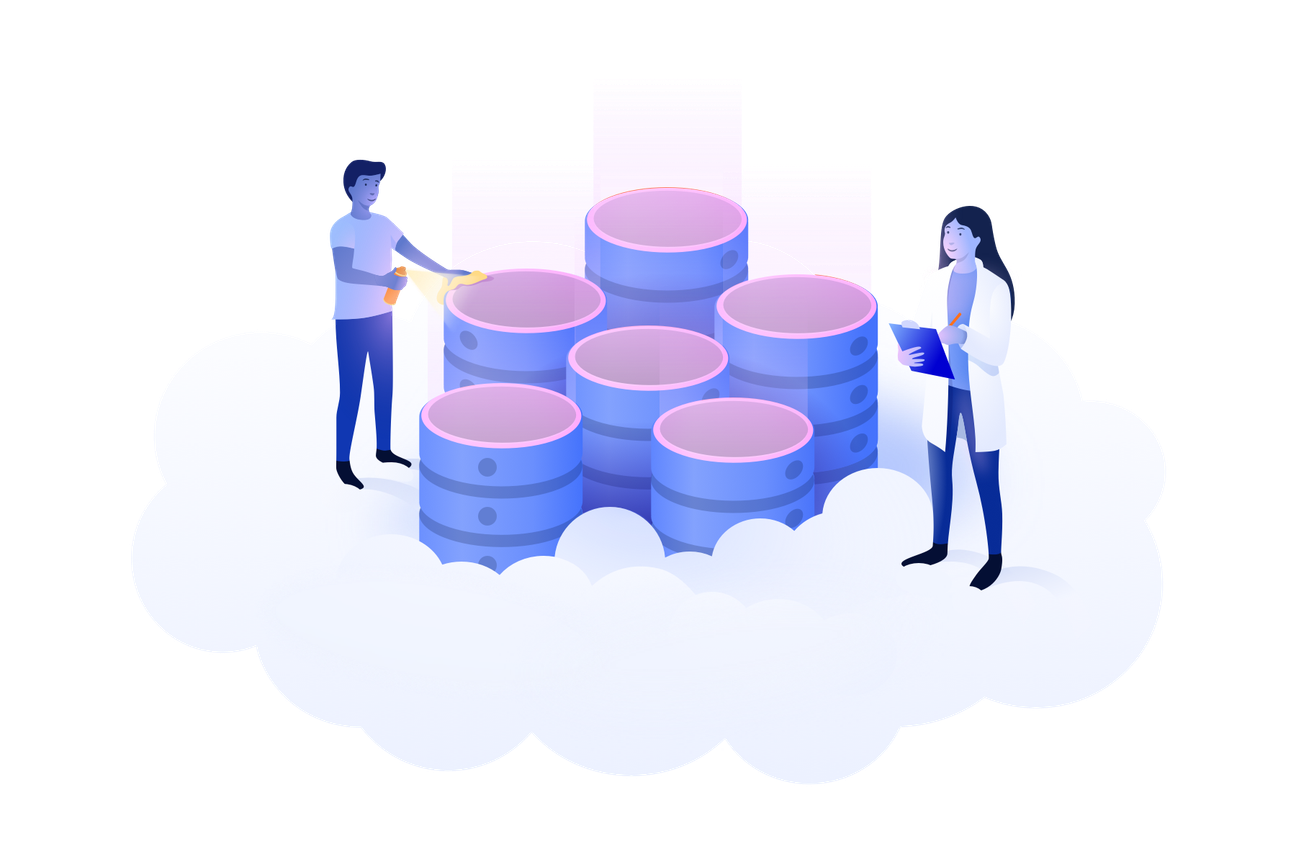FastShift Complete from Adaptavist: the journey beyond migration
Realise the long-term benefits of Atlassian Cloud with our full cloud transformation journey, FastShift Complete. We complete Atlassian's FastShift programme by delivering support and advice throughout your cloud migration and beyond.


























